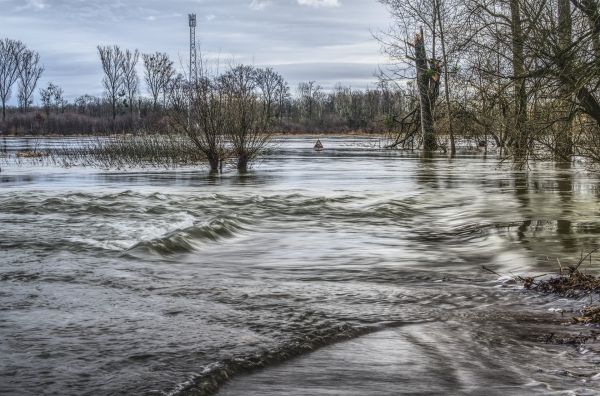The news has been packed in recent months with severe climate and weather events—record-high temperatures from the Pacific Northwest to Sicily, flooding in Germany and the eastern United States, wildfires from Sacramento to Siberia to Greece. Events that seemed rare just a few decades ago are now commonplace.
A new study, appearing in the journal Nature Climate Change August 30, looks specifically at extreme sea levels—the occurrence of exceptionally high seas due to the combination of tide, waves and storm surge. The study predicts that because of rising temperatures, extreme sea levels along coastlines the world over will become 100 times more frequent by the end of the century in about half of the 7,283 locations studied. That means, because of rising temperatures, an extreme sea level event that would have been expected to occur once every 100 years currently is expected to occur, on average, every year by the end of this century.
While the researchers say there is uncertainty—as always—about future climate, the most likely path is that these increased instances of sea level rise will occur even with a global temperature increase of 1.5 or 2 degrees Celsius compared to preindustrial temperatures. Scientists consider these temperatures the lower end of possible global warming. And the changes are likely to come sooner than the end of the century, with many locations experiencing a 100-fold increase in extreme sea level events by 2070.
Read more at: Pacific Northwest National Laboratory
Seas are rising. Among the areas likely to be most affected: areas along the Mediterranean Sea and the Arabian Peninsula, the Southern Hemisphere, and the southern half of North America’s Pacific coast. (Photo Credit: Markus Distelrath)


